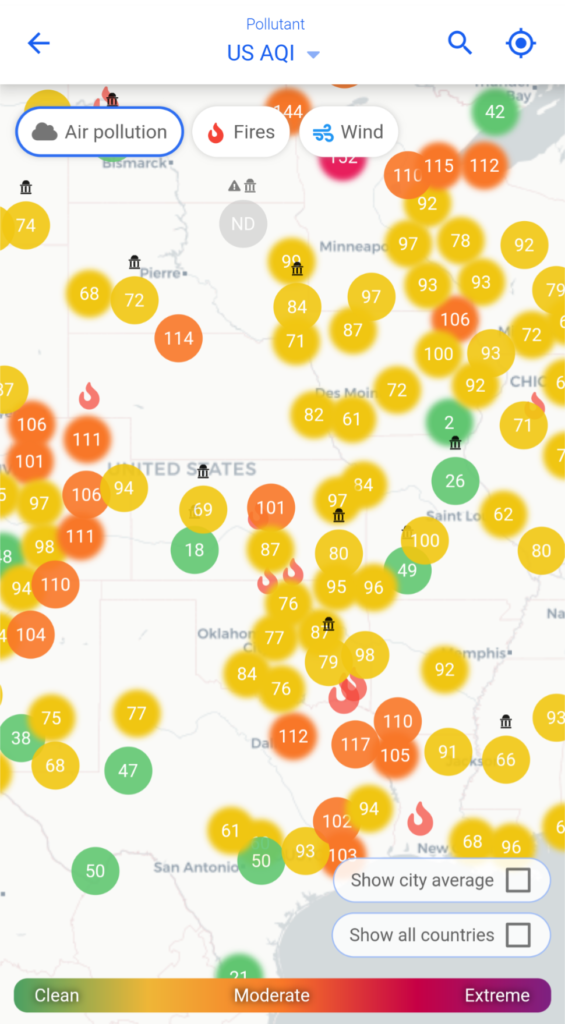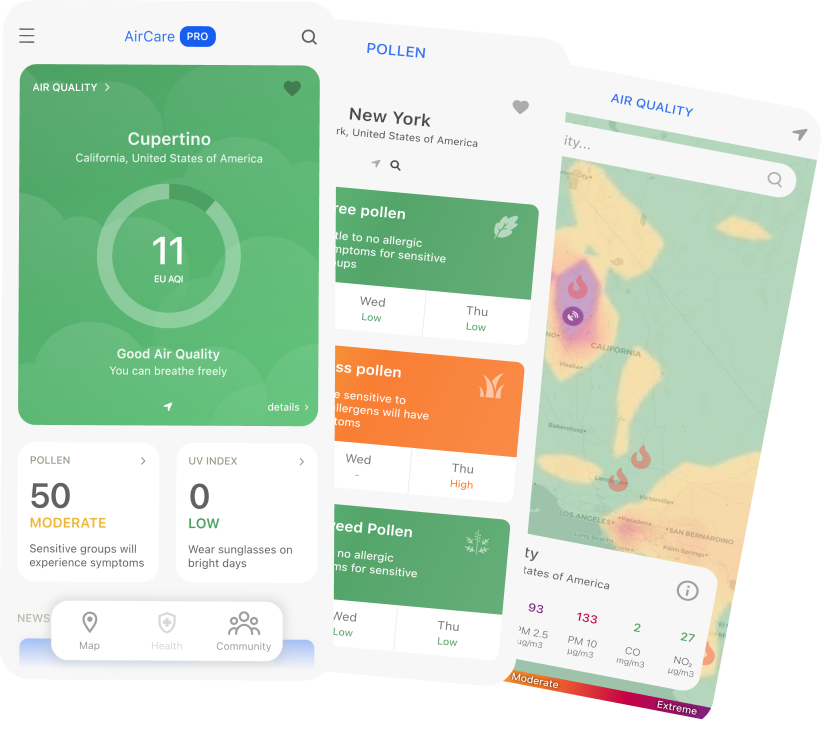Often, when people think of air pollution, they don’t think about indoor spaces like their offices or home. However, household air pollution is a risk factor for many diseases, including stroke, chronic obstructive pulmonary disease (COPD), ischaemic heart disease, and lung cancer.
Most of our time is spent indoors, especially in the winter, and you need to keep the air quality as clean as possible. In this article, we will talk about the ways you can reduce household pollution.
1. Get Rid Of Cigarette Smoke
Cigarette smoke is one of the most common indoor pollutants.
You probably know about the dangers of smoking, and you don’t need us to tell you about it. However, it is important to note that when you smoke, the smoke gets released into the air, and the people around you can breathe it in. After you’ve finished smoking a cigarette, the smoke can linger in the room for hours, and it can even spread from room to room.
The particles and residual gas from cigarette smoke can be really hazardous to people’s health, especially if the rooms have a lot of carpeting or fabric.
The risk is even greater for people who have chronic lung and heart problems, as well as children who have a higher chance of developing breathing problems, asthma, and other allergies.
Cracking the window open to get rid of the smoke isn’t the proper solution. The smoke can be blown back inside and stick to soft furnishings or similar surfaces. The best approach you can take is to have a smoke-free home.

2. Avoid Household Cleaners
Another common cause of indoor pollution is household cleaning supplies. Your skin, mouth, nose, and lungs can be irritated by the harsh chemicals in cleaning supplies. People that have chronic lung conditions can have a hard time healing from infections due to the fumes of the cleaning suppliers.
Consider using items that are less polluting. For instance, baking soda works great for smells and stains and is non-abrasive. White vinegar can also help with some tasks, such as leaving windows streak-free and descaling shower heads and kettles.
Keep in mind that a lot of companies use words like ‘eco-friendly,’ ‘natural,’ and ‘green,’ even though there is no regulation set in place around their use.
When picking out a cleaning product, there are two simple things you can do. Always choose low-scent or scentless products, and choose cream cleaners and overspray cleaners. The product is less likely to have reactive chemistry if it contains less fragrance.
3. Open Your Windows
The easiest way to remove polluting particles in the air in your home is to open your windows on a regular basis. Proper ventilation is essential to promote healthy indoor air. When humidity is high in the winter, it is especially important to open the windows, no matter how much you want to keep them closed.
When opening your windows, you need to think about what period of the day you will open them. For instance, you should keep your windows closed at peak traffic times if you live near a busy road.
4. Vacuum Frequently
To remove polluting particles, make sure you vacuum often. Vacuuming can help with stopping particles from leaking back out into your home.
If you own any pets, it is especially important to vacuum since they can add to the air pollution of your home. Cats and dogs shed their hair, and while some of them do it twice a year, some of them do it all of the time.
5. Make Sure You Ventilate While Decorating
When you’re cleaning, decorating, or painting, keep the room well-ventilated. Everyday products, like aerosols and paints, contain chemicals, and they can emit VOCs or volatile organic compounds. After you’re finished decorating and painting, you should wait for the paint to dry before you use the room again so that the smells can subside.
High levels of volatile organic compounds can cause irritation to the throat, nose, and eye, nausea and headaches. The long-term effects are even worse, and they consist of damage to the central nervous system, kidneys, and liver.
6. Be Aware That Wood-Burning Stoves Carry Risks
A study conducted by the University Of Sheffield concluded that indoor wood stoves release harmful emissions into our homes. The researchers monitored the levels of harmful particulate matter over a four-week period by installing air quality sensors in the homes of people that owned log burners.
When the stoves were used on a regular basis, for around four hours a day, the level of harmful particles pm2.5 and pm1 were three times higher than the levels recorded they the stoves weren’t being used.
If you already own a wood-burning stove, make sure you use fully dried and untreated wood. Some types of fuel, like house coal and wet logs, produce a lot more particulate matter than the low-sulfur smokeless fuels and dry logs. One tip on how to avoid carbon monoxide going down the chimney is to make sure that the flue stays at the right temperature by keeping the fire constant.
How can AirCare Help?

AirCare is a free app for Android and iOS that tracks air pollution in real time. You are able to see trends in movement by viewing the pollution data for all supported locations. In addition, you get notified when there is a change in air quality in your favorite location.
By keeping track of the air quality, you will be aware of the conditions of the air outside, and you will know when to open your windows or ventilate your home.
Download AirCare for free today, and always be informed about what you breathe from over 15.000 locations around the US and abroad.
Data is always the first step to the solution, and AirCare includes sensors from PurpleAir and EPA’s AirNow, for extra coverage in many areas. It’s available in 45 countries and comes with a free and PRO version with extra features to help you always stay informed!
For more information, don’t forget to check out the AirCare blog!





